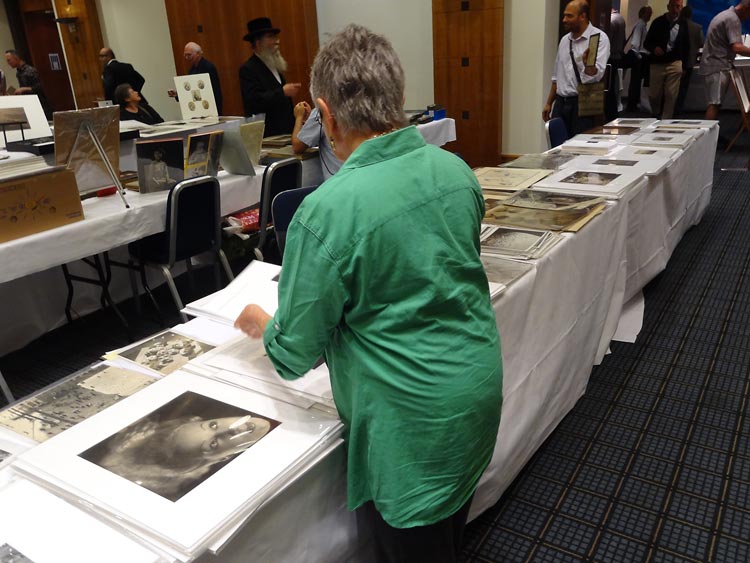2022 will mark the fortieth anniversary of the establishment of the London Photograph Fair. Its first outing was on Sunday September 12th 1982, and it was held at The Photographers’ Gallery in Newport Street, just off Charing Cross Road. It was the brainchild of Peter Agius LRPS, Fenton Medallist, and former Chairman of the Historical Group of the Royal Photographic Society.
Peter lived in Oxford and in fact had already run a small fair for photographic image enthusiasts in Oxford about a year beforehand. It attracted both collectors and dealers to man the table top event, and was deemed a success. So how did the stars align to enable these events to be launched?
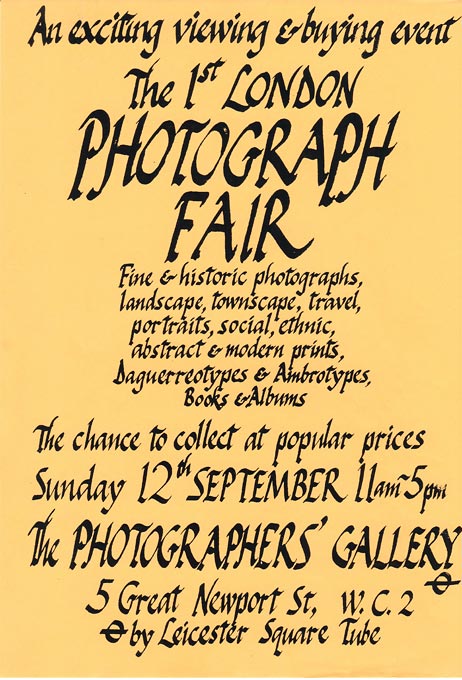
It was ten years on from the first regular auction sales of photographs in London in 1971. The early uncertain years of the market where no one was clear how rare items were, and where values were slowly being established, had begun to settle down. What was clear was that the particular focus and forte of the London market was 19th and early 20th century photography, whereas the US market was more focused on 20th century material.
In addition, the volume of material surfacing at auction was, by 21st century experience, phenomenal. Both Christie’s and Sotheby’s held three specialist photography sales every year, and the majority of lots were of 19th century material. In addition, Bonhams and Phillips held regular sales, and that is without considering what emerged in provincial auctions. Bulk lots were common, and Peter Agius remembered the times he had bought a lot because of a specific item in it, only to be told on picking it up that a whole lot of other prints and albums, that had not been on view beforehand, went with it. In these circumstances buyers acquired many items surplus to requirements, and began to talk among themselves about how to move them on. A fair dedicated to photographic images seemed the answer.
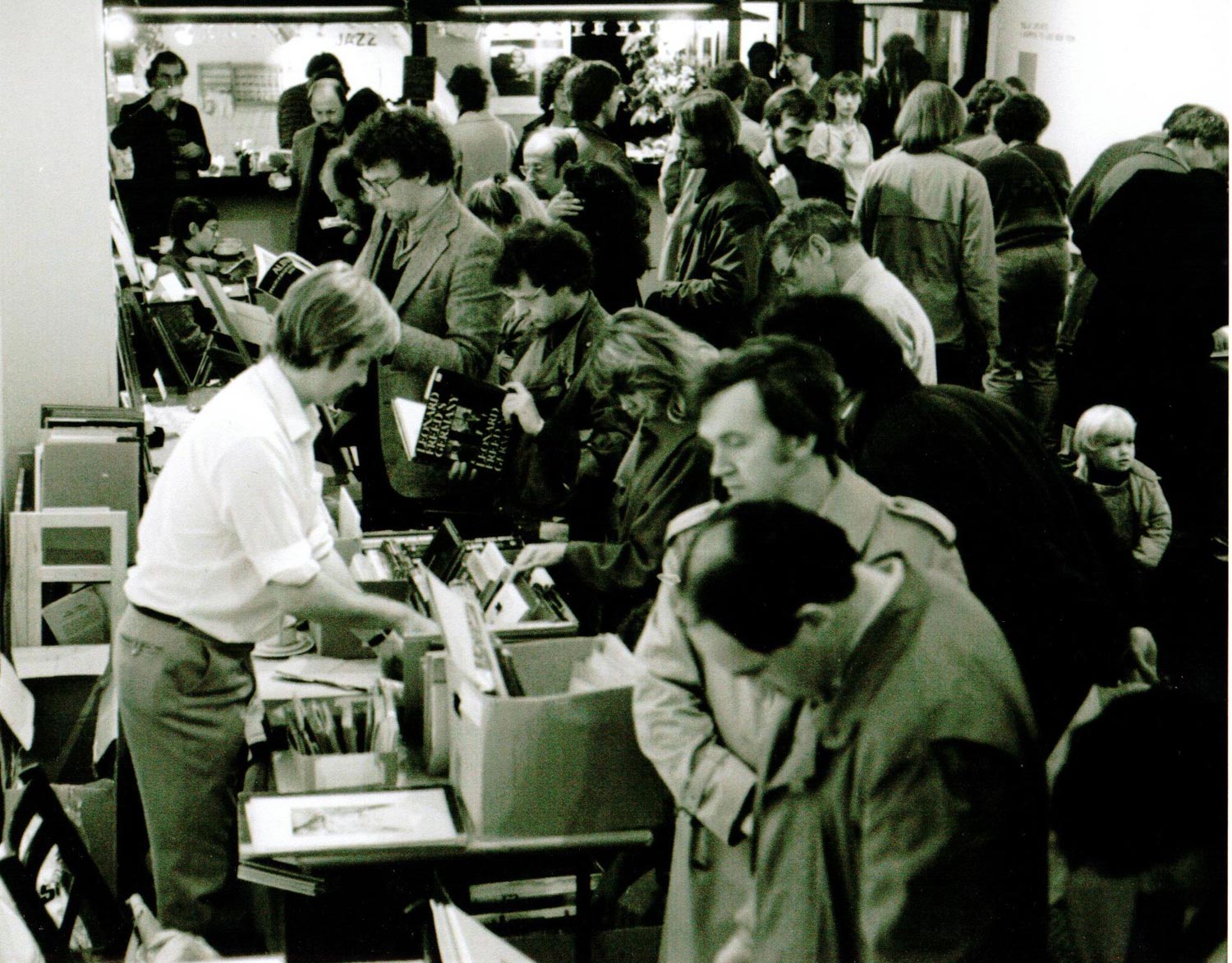
Peter was friends with Sue Davies who was the pioneering Director of The Photographers’ Gallery. Sue was ex -ICA and her vision had been to run something slightly different from the rather staid West End art galleries. But finance was an ever-present problem, and she was constantly on the search for new income streams. These came first from the Bookshop, and then the Print room. The Photographic Collectors Club of Great Britain (PCCGB) approached her to run a collectors fair in the gallery on a Sunday, when the gallery was not normally open. However, the PCCGB was more focused on equipment than images, and so Sue enthusiastically supported Peter’s proposal for an exclusively image fair, with the income from each split 50/50.
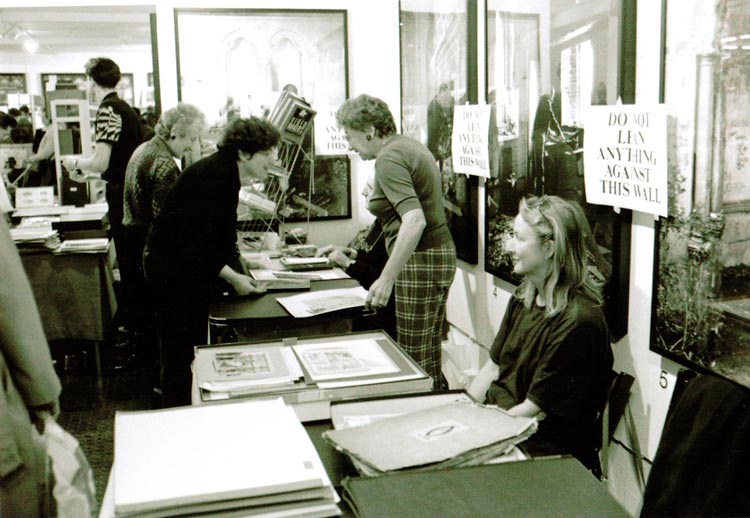
And so the London Photograph Fair began. Peter had done research among colleagues and as a result, fifteen stallholders were able to set up for the first event. A table cost £16. The Photographers’ Gallery was the ideal vehicle to help publicise the event to the many people who visited the gallery during the week. The gallery was also well placed to attract passers by. The first fair was so successful that a second was held on 12th December 1982. By 1983 the fair had settled into a biannual event, in March/April and October/November, a cycle it followed for many years.
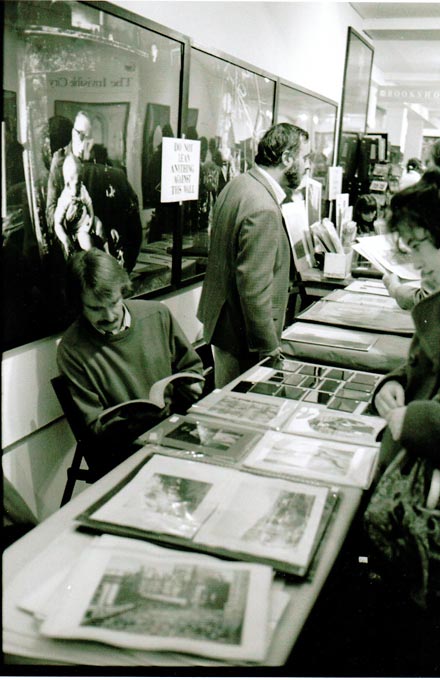
By 1987 Stuart Bennett, who had run photograph sales at Sotheby’s New York and Christies South Kensington, in his book How to Buy Photographs was able to write (perhaps a little patronisingly); ”Many collectors prefer the informality of collectors’ fairs and amateur shows to what they perceive as the high-pressure selling atmosphere of specialised dealers’ premises and auctions. These less formal venues tend to specialise in stereo cards and apparatus, architectural, travel and portrait albums and single daguerreotypes, ambrotypes and cartes de visite. Larger format single photographs by well known photographers are seldom seen, though of course any that do turn up can be bargains. Much of the fun of these informal fairs is in meeting kindred spirits……”
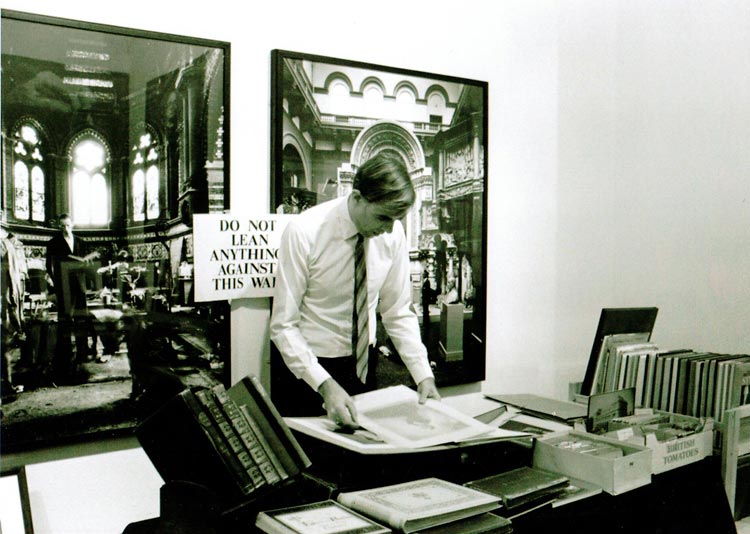
Other than pointing out that prints by well-known photographers turned up from the start rather more often than Mr Bennett realised, he captured the focus and the attraction of the London Photograph Fair rather well.
The fair remained at the Photographers’ Gallery for about ten years, but by the early nineties a new Director at the gallery had different ideas about its role, and the fair was no longer welcome. Peter Agius moved it northwards to the Bonnington Hotel in the Bloomsbury area of London. This gave the fair more space to accommodate more dealers, but it lost the valuable footfall from visitors to the Photographers’ Gallery.
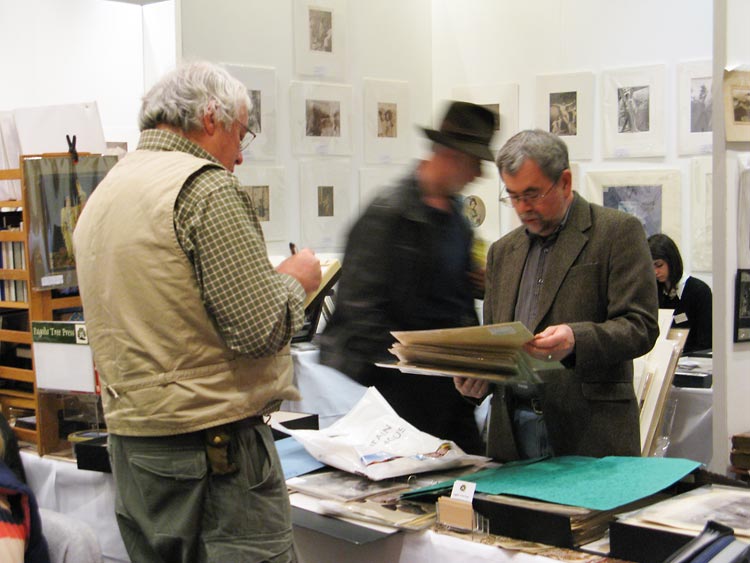
Two features that were not mentioned by Stuart Bennett but that were in the DNA of the fair from the start were the sale of photobooks, and the presence of contemporary photographers selling their own work. Books on the art and history of photography were widely offered, and there was a general feeling that collecting photobooks mattered. This was years before the rise of the specialist photobook market, promoted by Martin Parr and Gerry Badger.
Partly because of where it was held the fair attracted both known and unknown contemporary photographers, including prominent names such as John Benton Harris. In the very early years buyers seemed to have more catholic tastes, buying across the board both 19thc and contemporary prints. But the market quickly divided into specialist silos with buyers tending to focus on their particular area of interest.
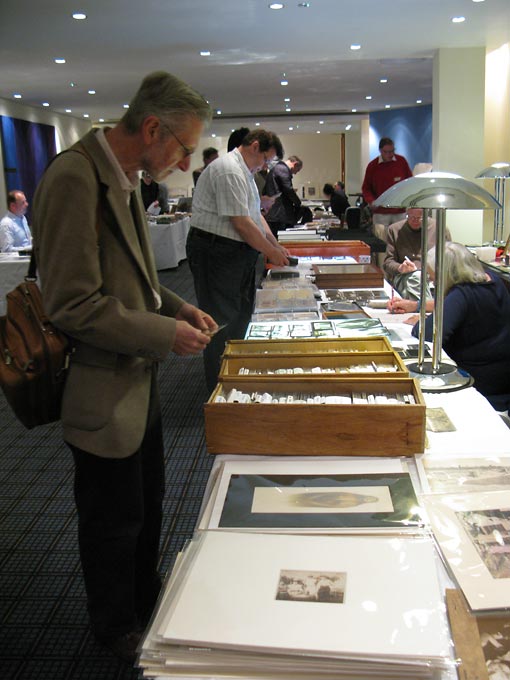
I took over the organisation of the fair from Peter Agius in 1998, and in 1999 it moved to an event running four times a year. This was by popular demand and reflected the availability of material and the wish to keep the event in the forefront of buyers’ minds. More frequent fairs encouraged more dealers to attend and helped to increase the attendance of buyers. We promoted the fair through leaflets, a press pack and paid advertising, and we registered a web address and a website. I was also keen to attract overseas dealers, and the fair became regularly attended by dealers from France, Germany, Holland and the US. In 2010 because of building work at the Bonnington Hotel the fair moved up the road to the Holiday Inn. After fourteen years I felt a fresh pair of hands was needed, and James Kerr, an existing dealer who regularly attended the fair, took over. Key developments under his leadership included a much improved website, use of social media for promotion purposes, and the introduction of partial stand fitting to two of the fairs each year in order to improve the cachet and presentation of the event. In 2015 the fair again changed hands and was organised for a while by the duo of dealer Jane Orde, and the initiator of the original Photo London Danny Newburg, and after a while by Danny on his own. The key initiative in these years was the establishment of a Special London Photograph Fair taking place over two days during the running of the newly relaunched Photo London, and in adjacent accommodation to Somerset House.
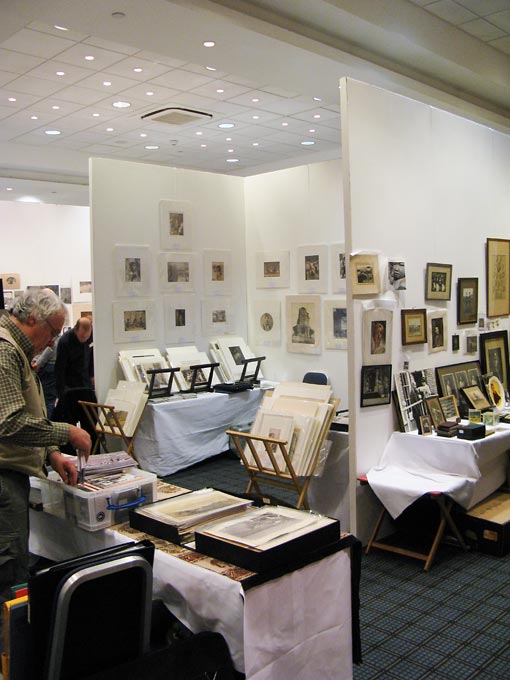
Nevertheless, while all these developments and improvements to the fair have taken place over the years, the market it serves has not stood still. The most obvious change has been the diminishing availability of material, especially of good middle of the road 19th century photographs. More limited supply has affected collecting habits and appears to have narrowed the field of what is sellable. The photobook market has changed substantially and the significant group of specialist booksellers who were a constant feature now no longer attend. The ability to buy online has perhaps discouraged younger buyers from getting out of bed on a Sunday morning to attend the fair.
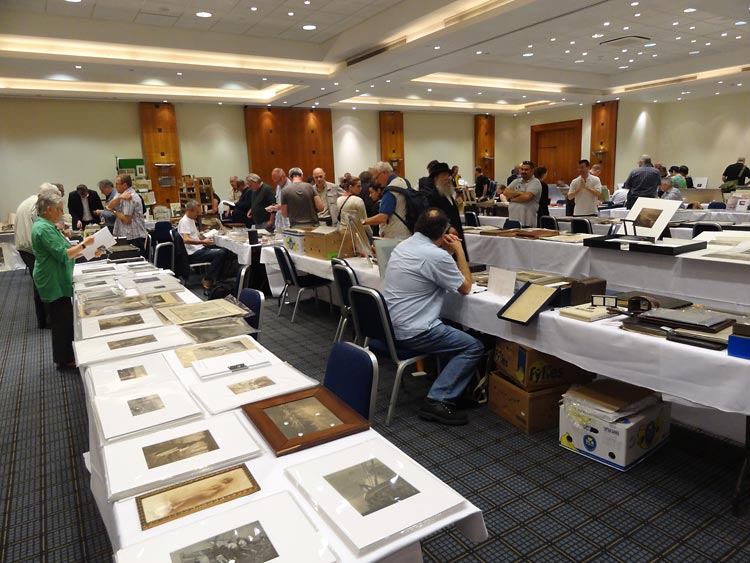
It is easy to sound pessimistic, but then you look at material still appearing through auctions, even modest middle market items, and it still fetches staggeringly high prices. The future for such a fair as the London Photograph Fair is likely to involve partnering with other players such as book fairs, and holding the fair to coincide with larger events such as Photo London in order to gain crossover interest. The strength of the fair is that it created a community of dealers and collectors, a meeting place to see a wide range of material at high and low prices, and a forum for educating the eye. There is no better place to do this—the internet just cannot compete.
